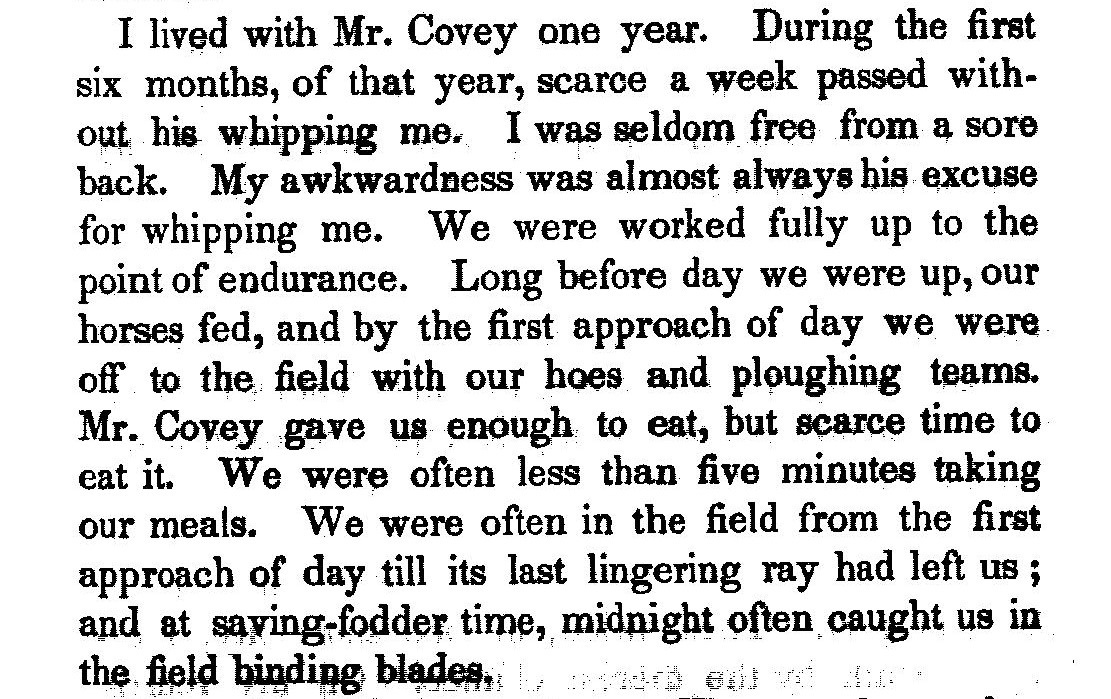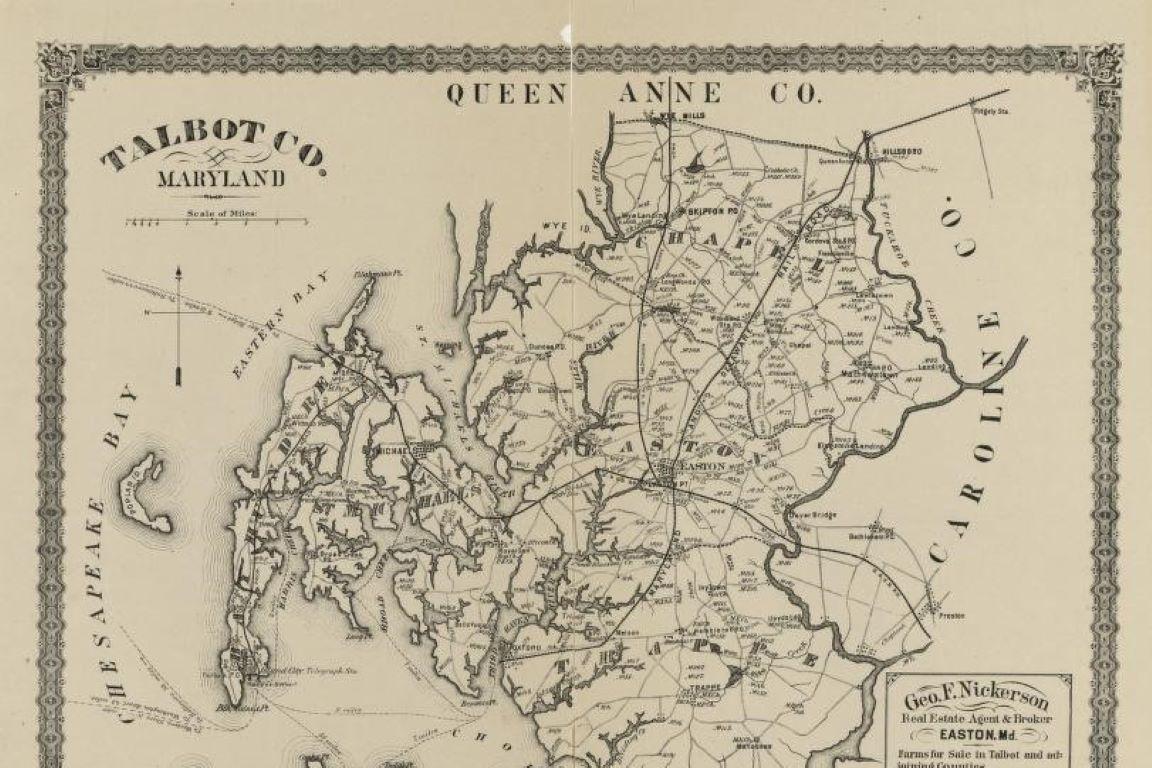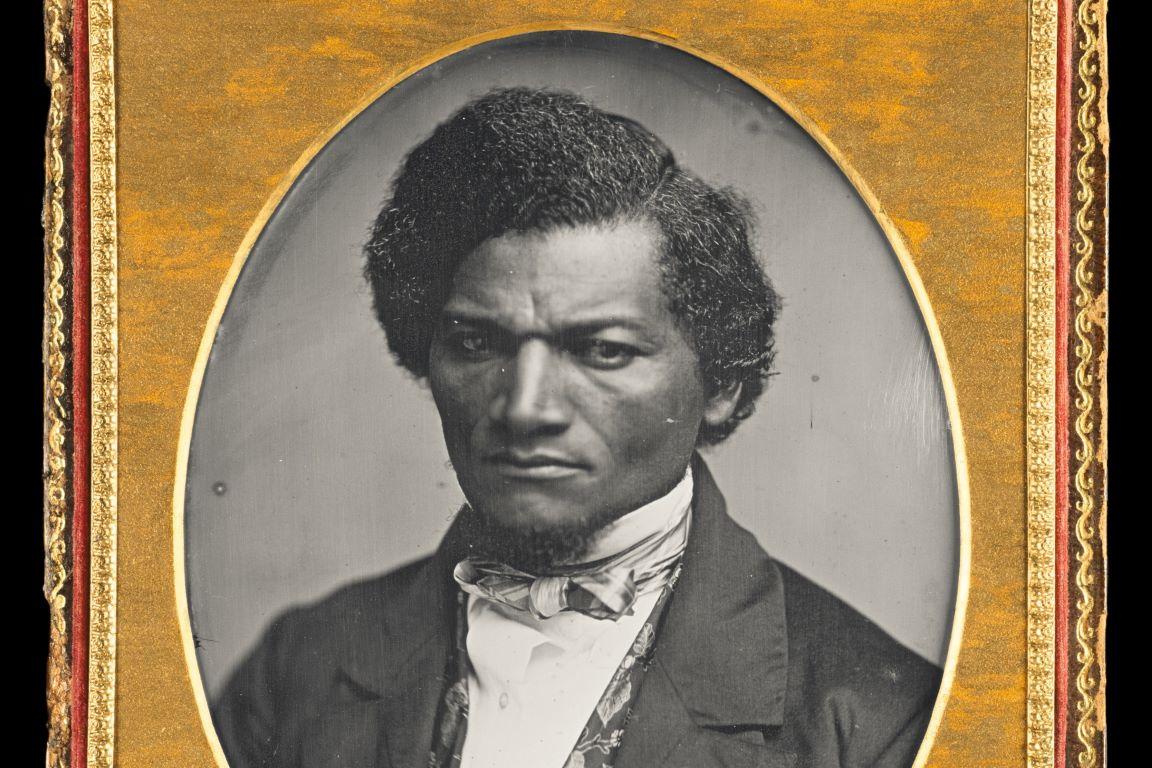Frederick Douglass' time with famed "slave breaker" Edward Covey is considered a turning point in his life. Seen as unruly, Douglass was sent to Covey, who subjected him to verbal and physical abuse. It culminated in a two-hour long fight between them, where Douglass emerged even more determined to escape into freedom. This module explores a turning point in young Frederick Douglass's life. Students will analyze a primary source image and map, close read an excerpt from Frederick Douglass first autobiography, and consider discussion prompts for more dialogue and deeper reflection.









